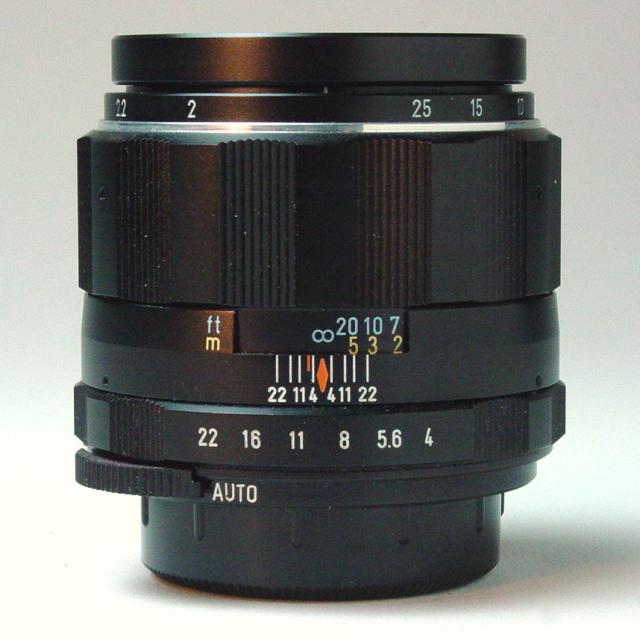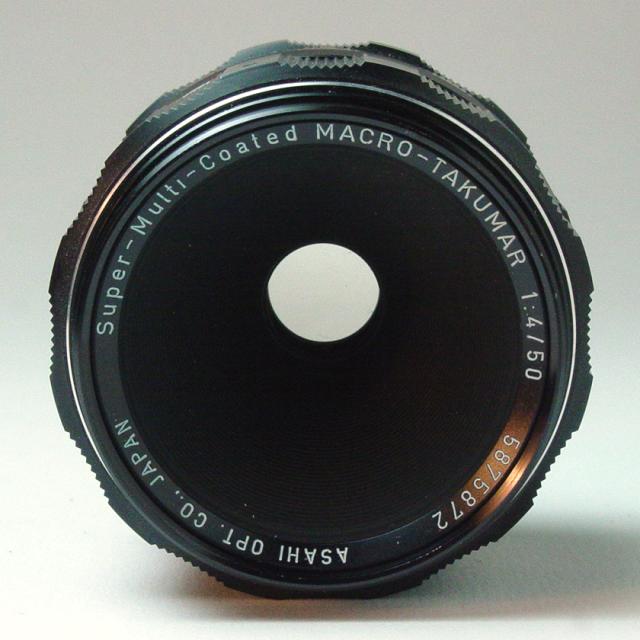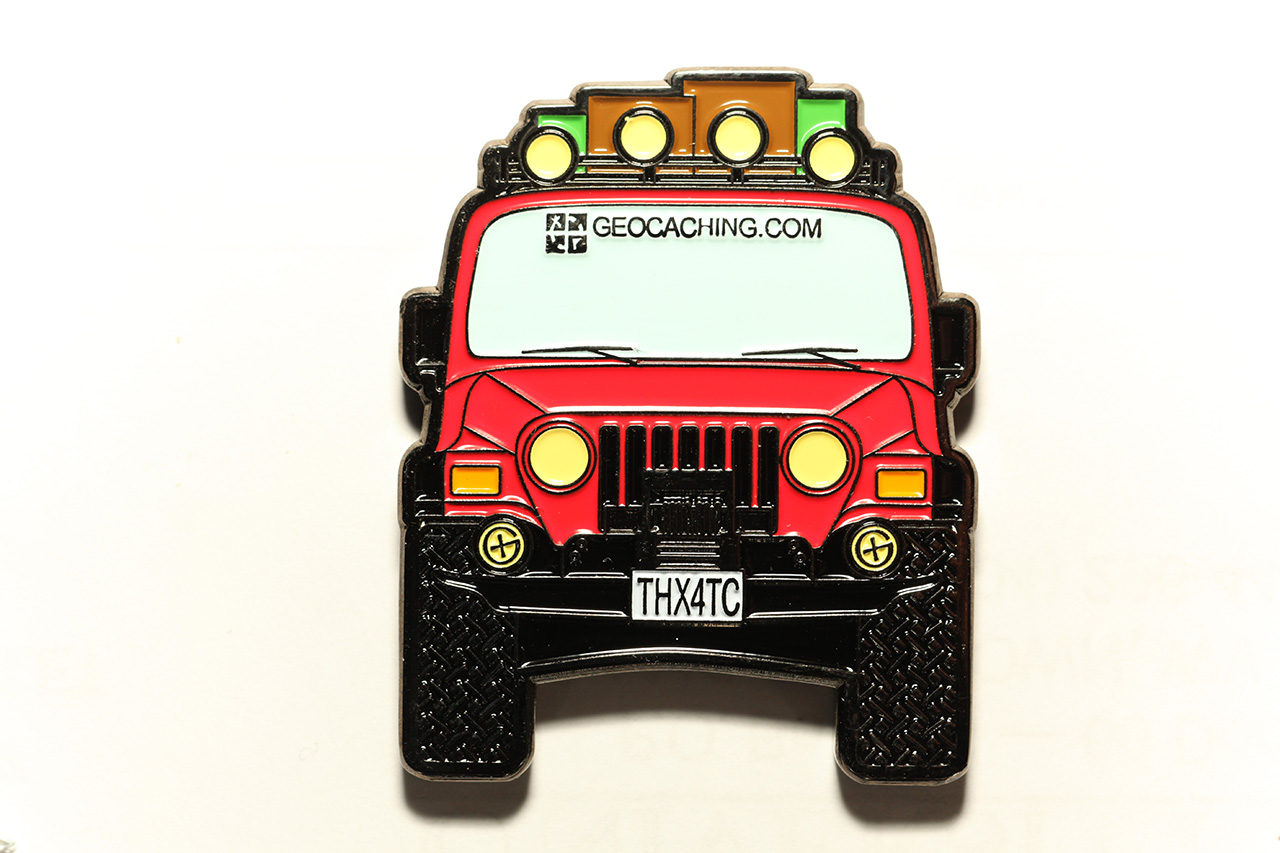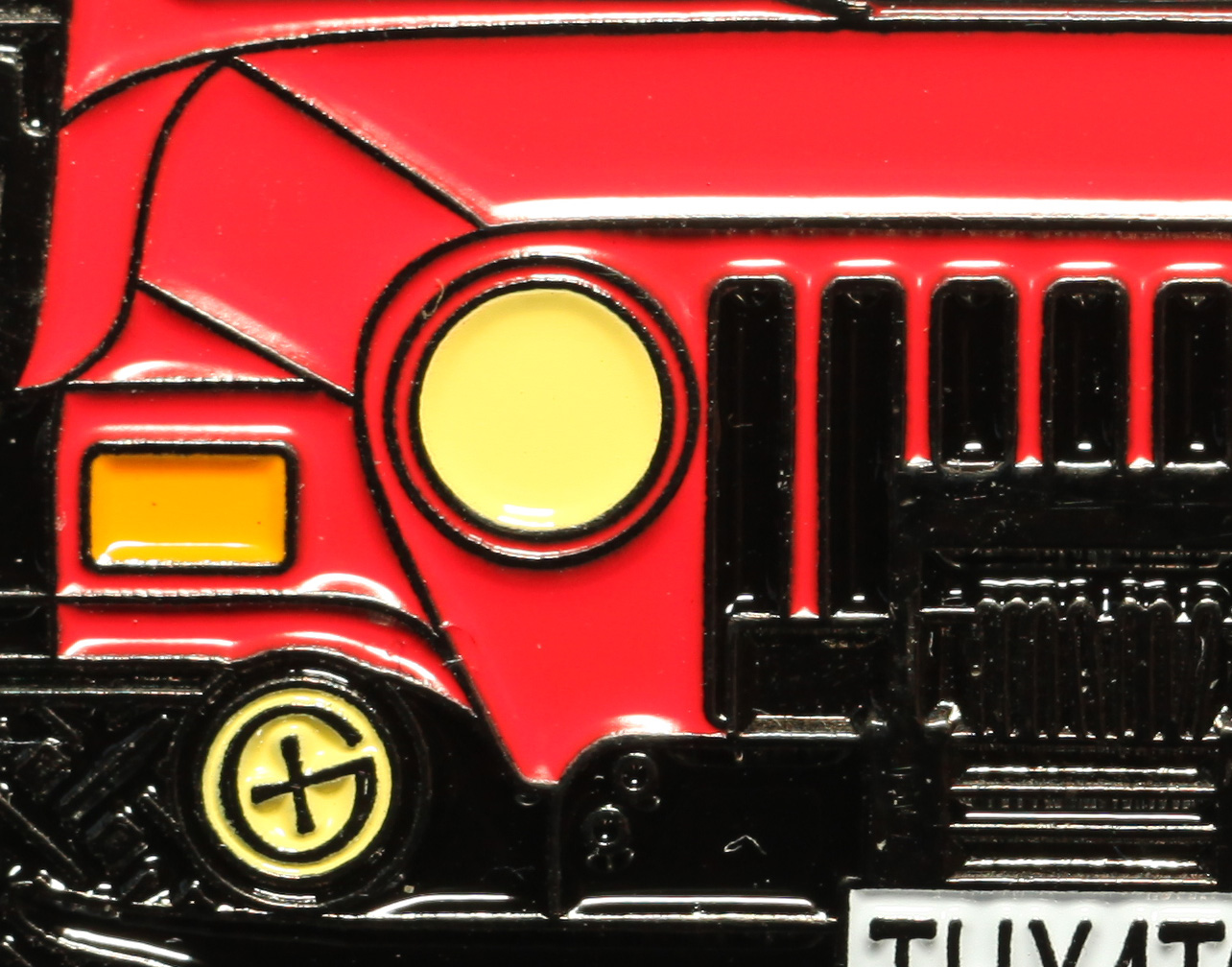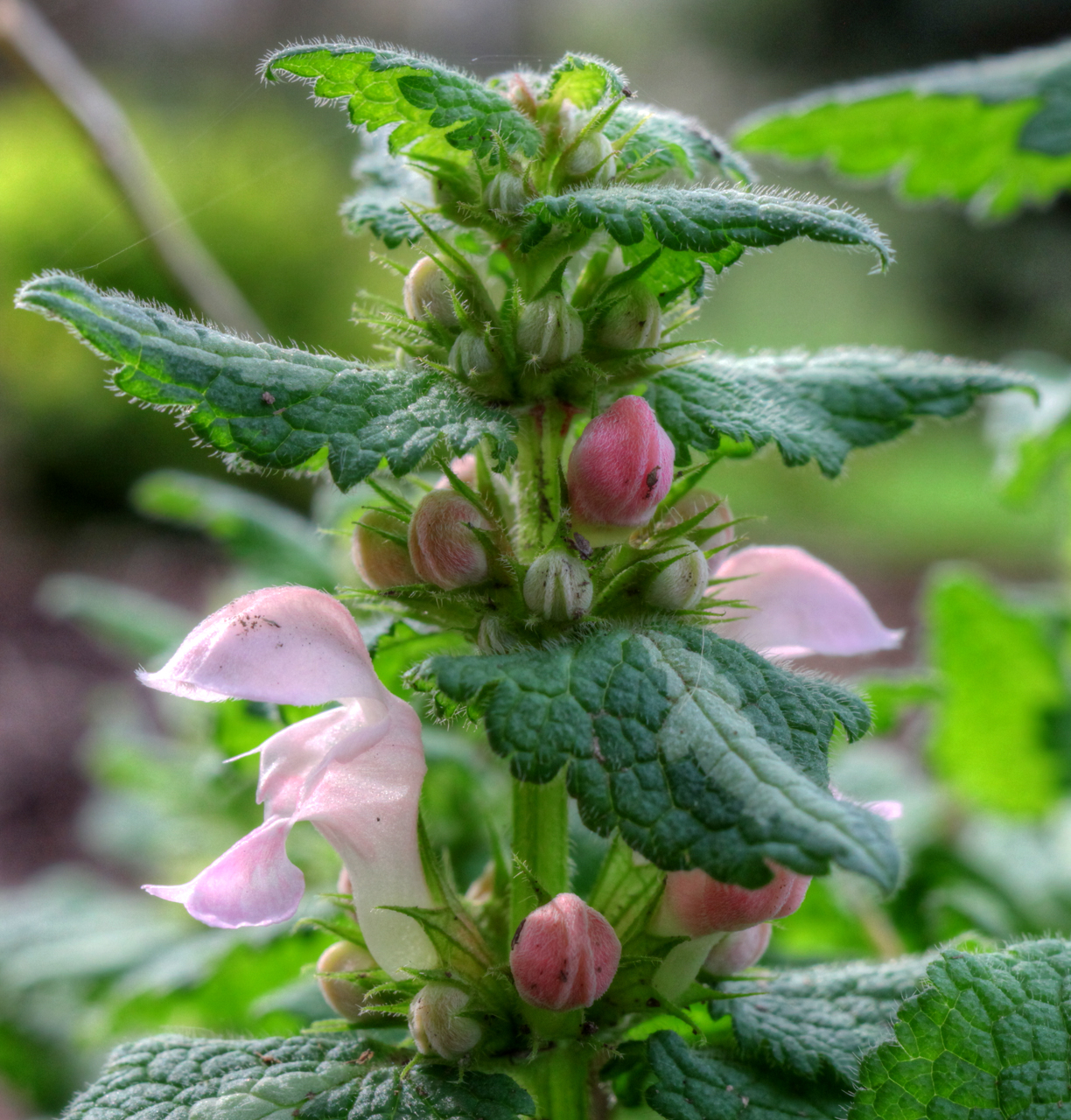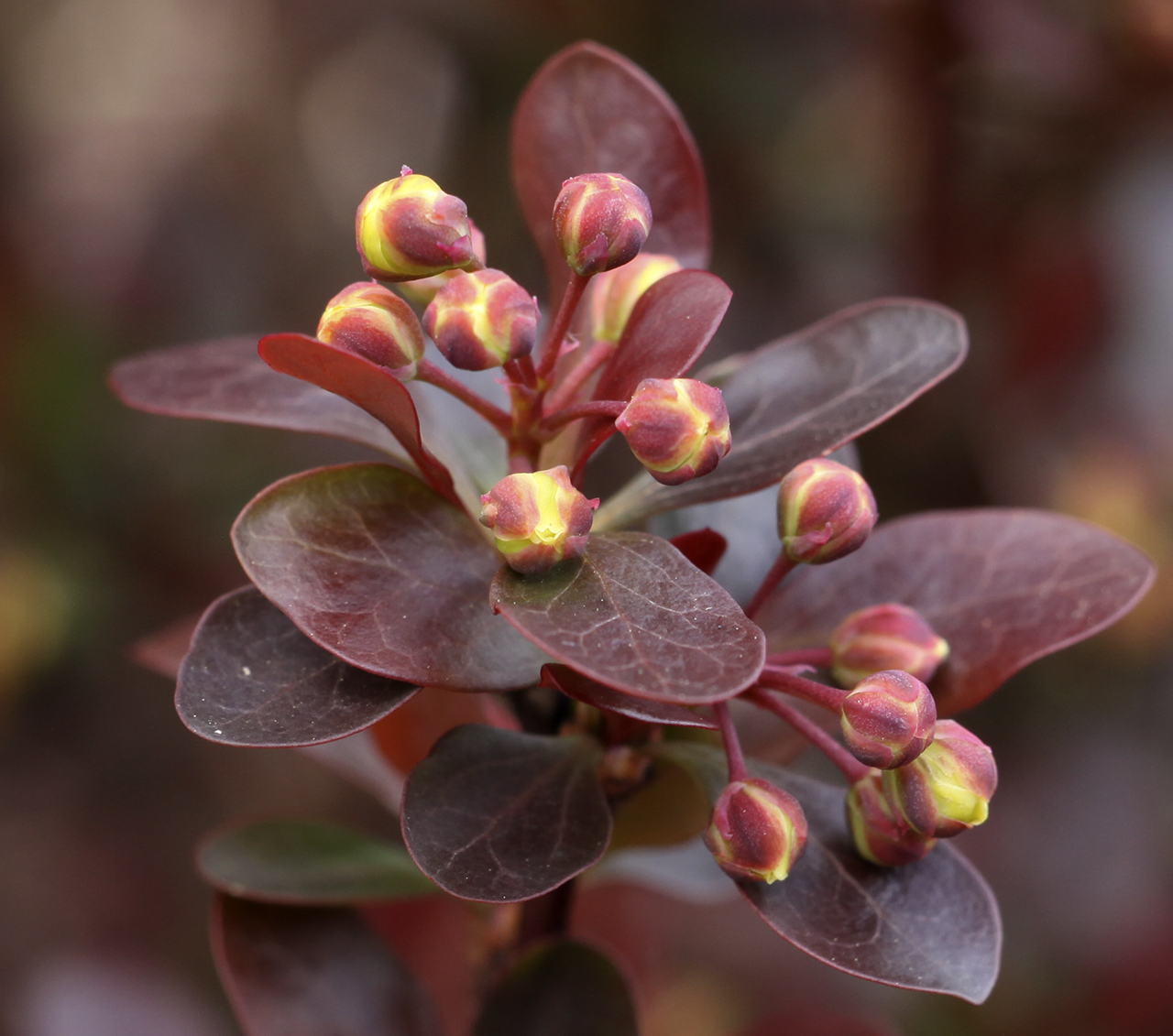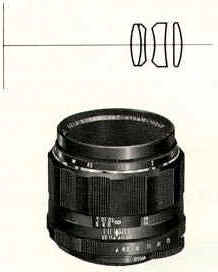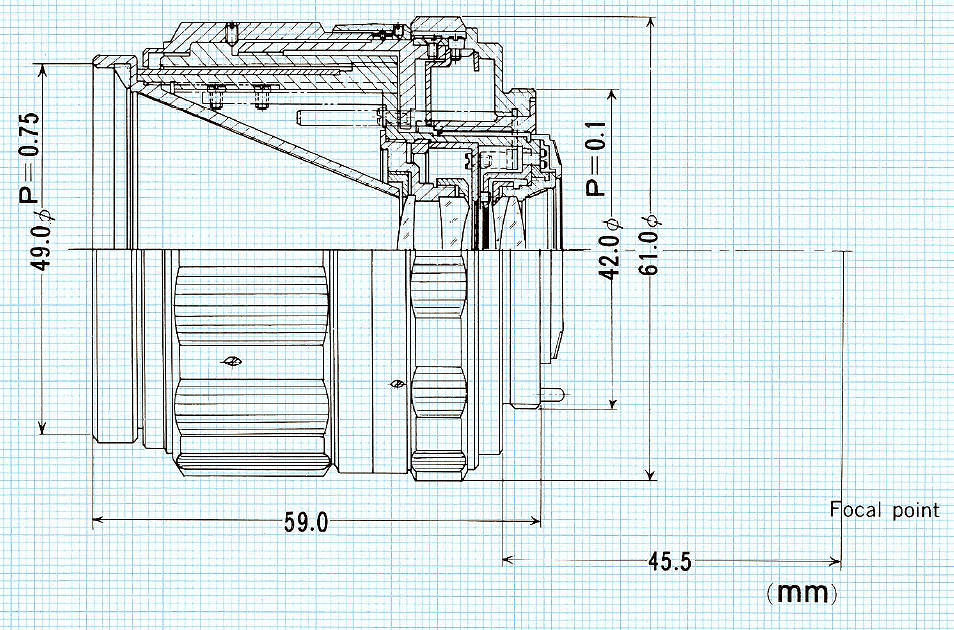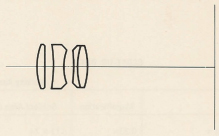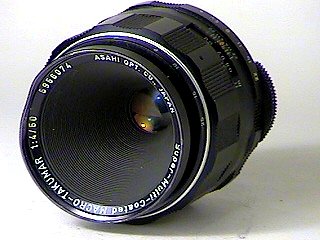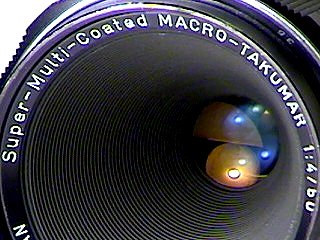Editorial:
The Takumar Macro's are great lenses. You
have a choice from the following:
The earliest 50mm offers 1:1
magnification with no bellows or extension tubes. You would close
aperture prior to exposure, after focusing. For slow work, a great
choice.
The later 50mm lenses are the same
optical design but have progressively better coatings from the earliest
through the SMC version. All have auto-aperture and offer 1/2 life-size
magnification without bellows or extension tubes. These lenses don't
offer the 1:1 because of the limitations of the auto-aperture mechanism
inside the lenses. 1:1 can be achieved with diopters, bellows, or
extension tubes.
The 100mm lenses are all the same optical
formula with different mounting designs (barrel mount or helicoid mount)
and progressively better coatings. The ultimate is the 4/100 Macro SMC.
All the auto-aperture lenses are quicker
lenses to use and more suitable to subjects that require quicker camera
operation.
The 100mm lens is a great lens to use for
greater working distance, though you will still be very close to the
subject. I find that for my table-top work the 100mm is my preferred
lens because it gives me more room for working with the items, the
lights, and the camera itself. I am working about a foot or two away
from the subject as opposed to inches with the 50mm.
Another benefit of the 100mm is the
reduction of perspective distortion. The longer lens will achieve the
same depth of field at a given magnification but less distortion.
The cheapest will be the manual 50mm and
to me, the best buy. It is the most flexible lens if a little slower to
work with. Macro work is not typically fast-paced so perhaps that's
enough said.
The 100mm is the most expensive because
it was made in relatively fewer numbers and offers the SMC and
open-aperture metering. It's my favorite lens but many of my best shots
were made with either the manual 50mm or SMC 50mm.
I have but rarely use the 100mm bellows
lens, though it is also a fine lens, and generally, even with bellows,
will sell for less than the helicoid-mounted version.
So think about your primary subject
matter, whether you need to work fast or can work slow; whether you want
to work very close, or get back a few more inches. If you had a
Spotmatic F, the other factor would be whether or not you would want
open-aperture metering. Ironically though, for macro work, you should be
stopping down to check depth of field anyway so open-aperture metering
is less valuable in these circumstances.
More on the various macro lenses on my
web site
http://whitemetal.com/pentax/index_pentax_lenses.htm and plenty of
macro shots made with them.
http://whitemetal.com/thread/index.htm

Download the
Honeywell Pentax Takumar Lens Manual

Download
Takumar Interchangeable
Lenses Operating Manual

